Dr. Tara Desjardins on Co-Curating A Seat at the Table
2025/08/06
Years of Culture
false
2025/08/06
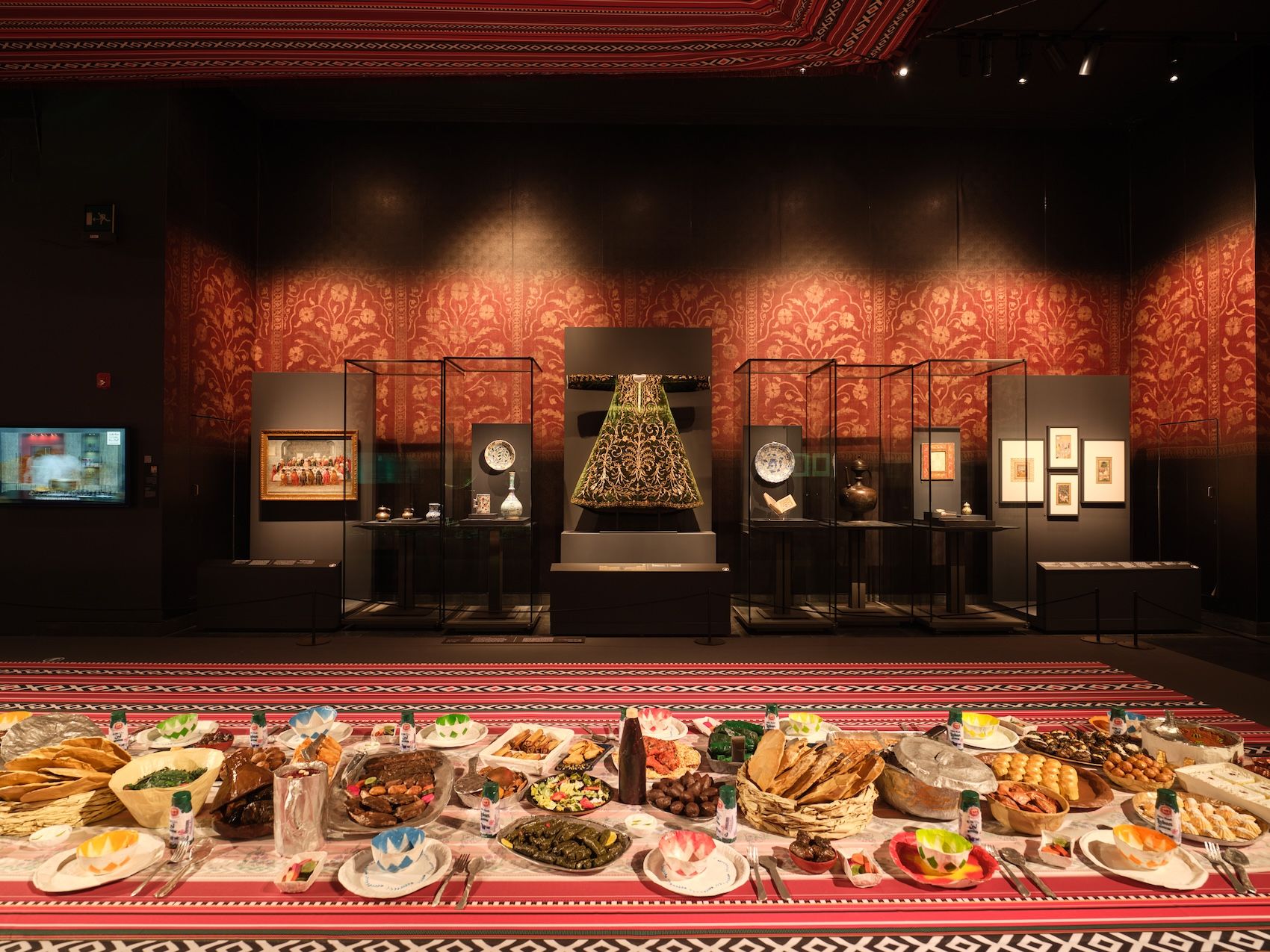
We spoke with Dr. Desjardins, now Senior Curator of Decorative Arts & Design at the upcoming Lusail Museum, to learn more about the inspiration behind the exhibition and her journey as a curator in Qatar.
Dr. Desjardins’ path to Lusail Museum began at MIA, where she served as Curator of South Asia. “Before joining Lusail Museum in my current role, I was the curator of South Asia at the Museum of Islamic Art,” she explained. “I was working at MIA for most of the exhibition, A Seat at the Table. I only transferred to my new role in 2024. The reason for this transfer was that I wanted to play a role in developing the new museology for the Lusail Museum – an exciting opportunity and project!”
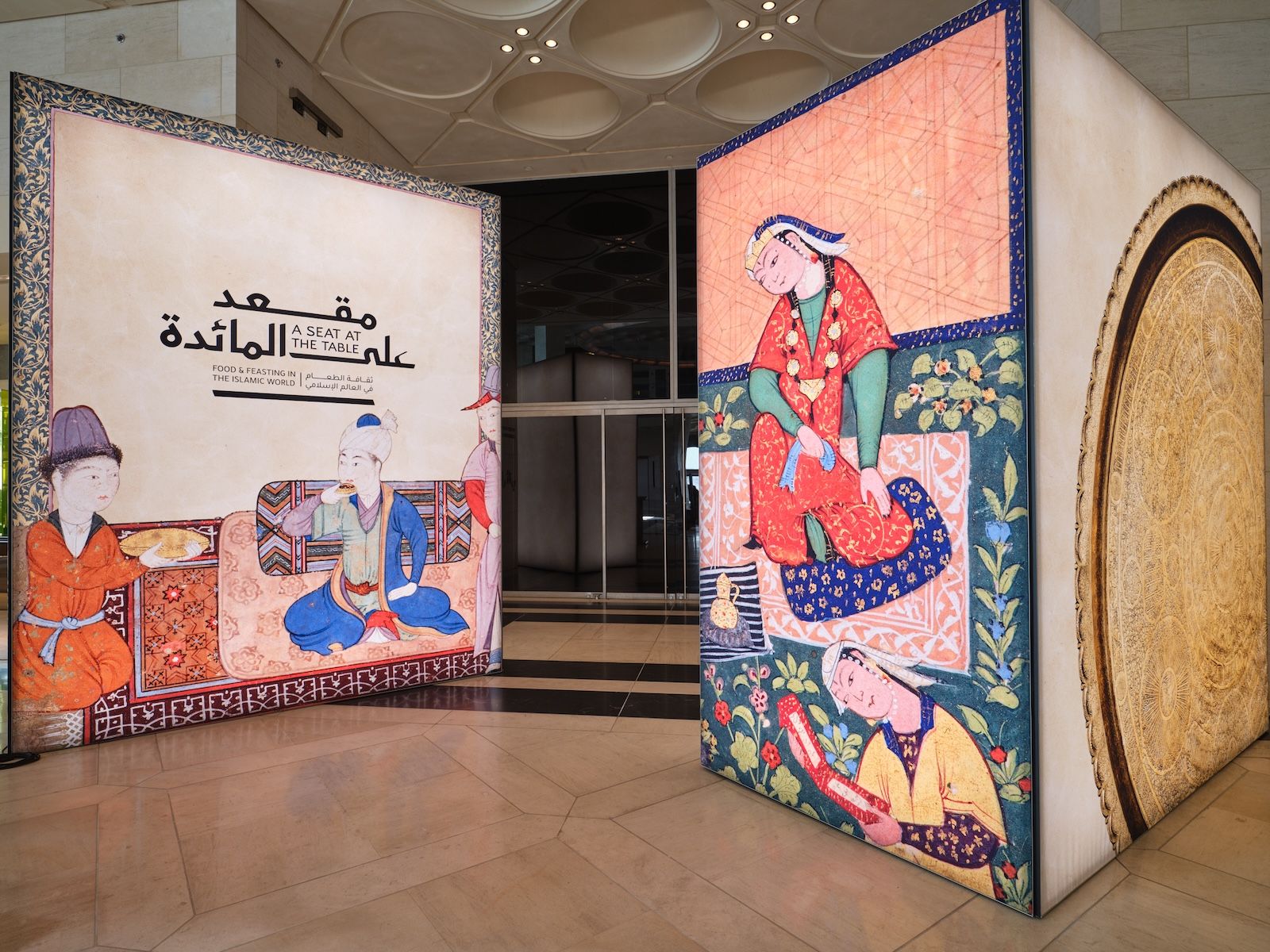
Her passion for Islamic art started at an early age. “My passion for Islamic art began years ago in high school, when I was first exposed to the subject through a course on Art History,” she recalled. “I remember sitting in the seminar room, looking at the large slides projecting beautiful images of buildings covered in splendid tiles. I was drawn to the repetition of patterns, and the message that one’s infinite devotion to God can be expressed through endless geometry and design. This was such a simple yet powerful message.”
A Seat at the Table follows Dining with the Sultan: The Fine Art of Feasting, an exhibition originally developed by the Los Angeles County Museum of Art (LACMA). But rather than simply import the exhibition, the MIA curatorial team saw an exciting opportunity to create something unique to Qatar, while still working closely with LACMA.
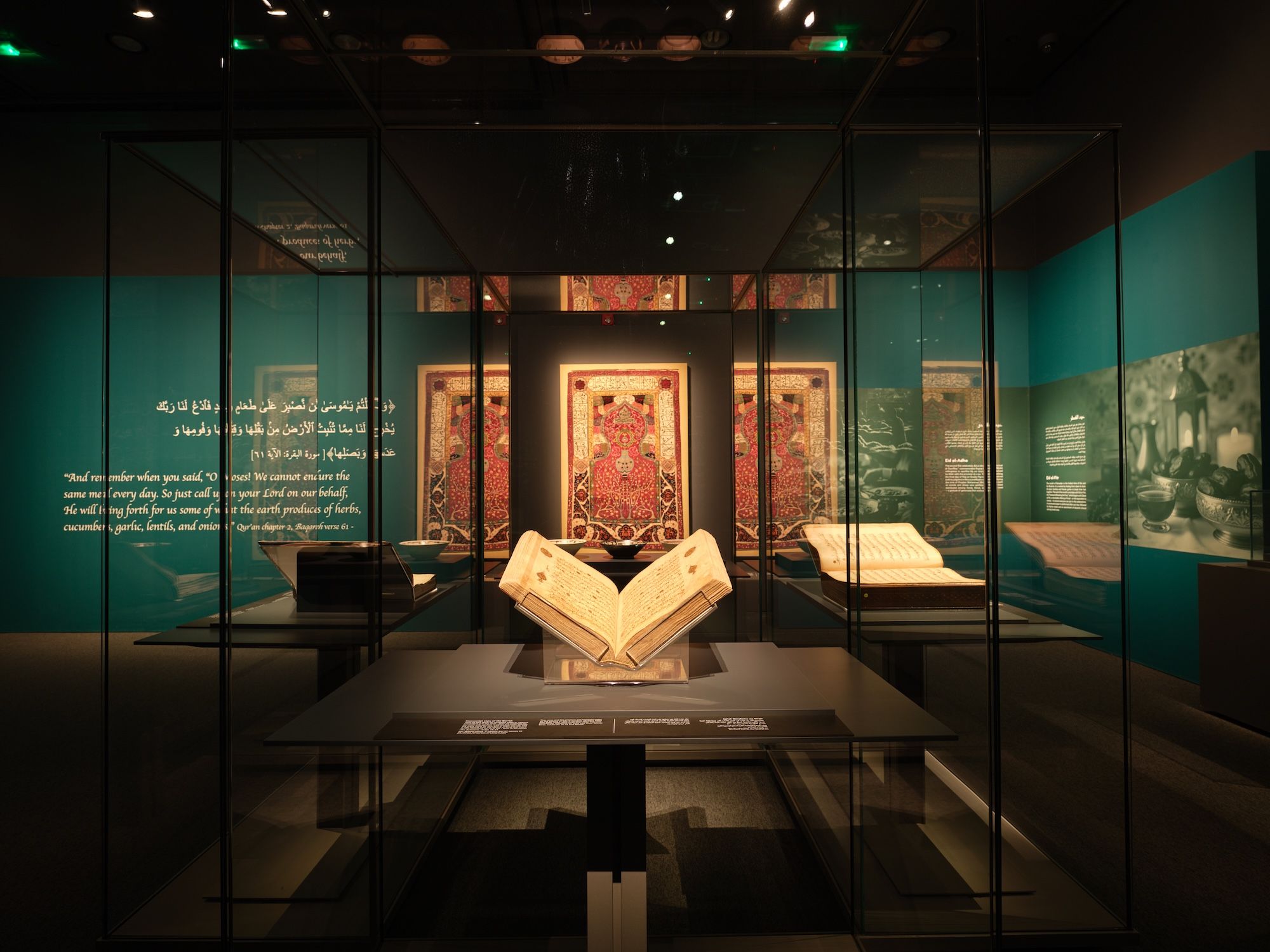
“We began our discussions with their curator, Linda Komaroff, back in 2019 when she was in the throes of planning her exhibition,” Dr. Desjardins recalled. “Initially, the discussion revolved around MIA lending objects and being a possible venue for her travelling exhibition. However, as we discussed the exhibition in more depth, we realised that our audiences were so different and that we already had such a strong collection of objects to draw upon here in Qatar that taking her exhibition was not necessary. It was, instead, an amazing opportunity for us to do something new. The collaboration then became one between curators, with Linda supporting by sharing her exhibition content, and providing an essay to our exhibition catalogue.”
A Seat at the Table’s central theme (food) is deeply personal and universally understood, yet its curation came with some challenges. “It was challenging to create an exhibition that is so deeply personal to so many people, and yet has common practices shared by Muslims around the world,” considered Dr. Desjardins. “We wanted to tell a story that includes people and also highlights the similarity of food traditions rooted in Islamic culture. The only way for us to do that was to make food relevant to our audiences today, and to share that, although many culinary traditions started in the 7th century CE, they have been embraced by different communities and cultures who have created their own traditions over time.”
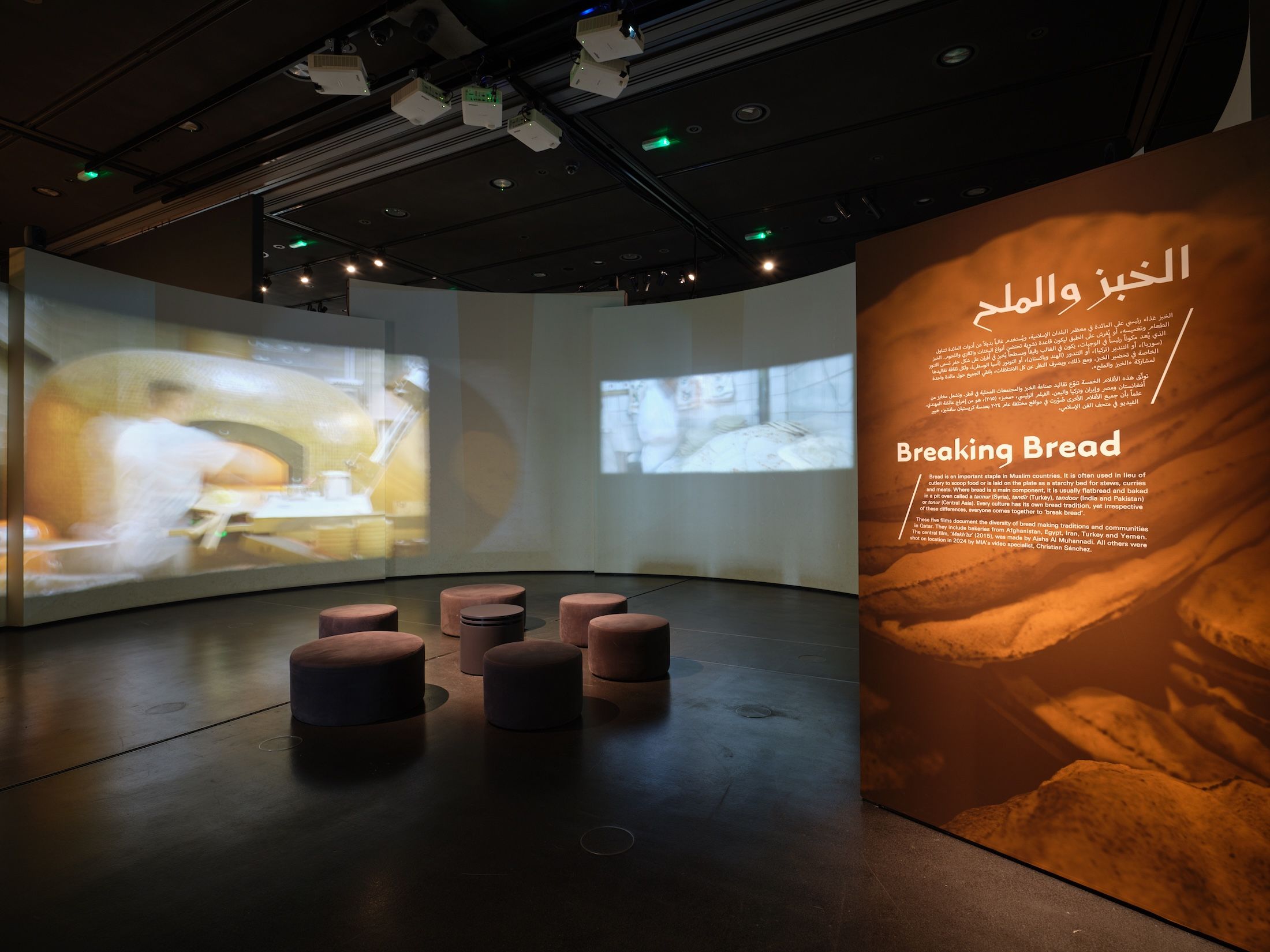
Curating an exhibition of this scope was a team effort, with co-curator Teslim Sanni helping shape key sections of the show. A research assistant in the curatorial department, he contributed content throughout the exhibition in a variety of ways, and played a key role in developing the storyline.
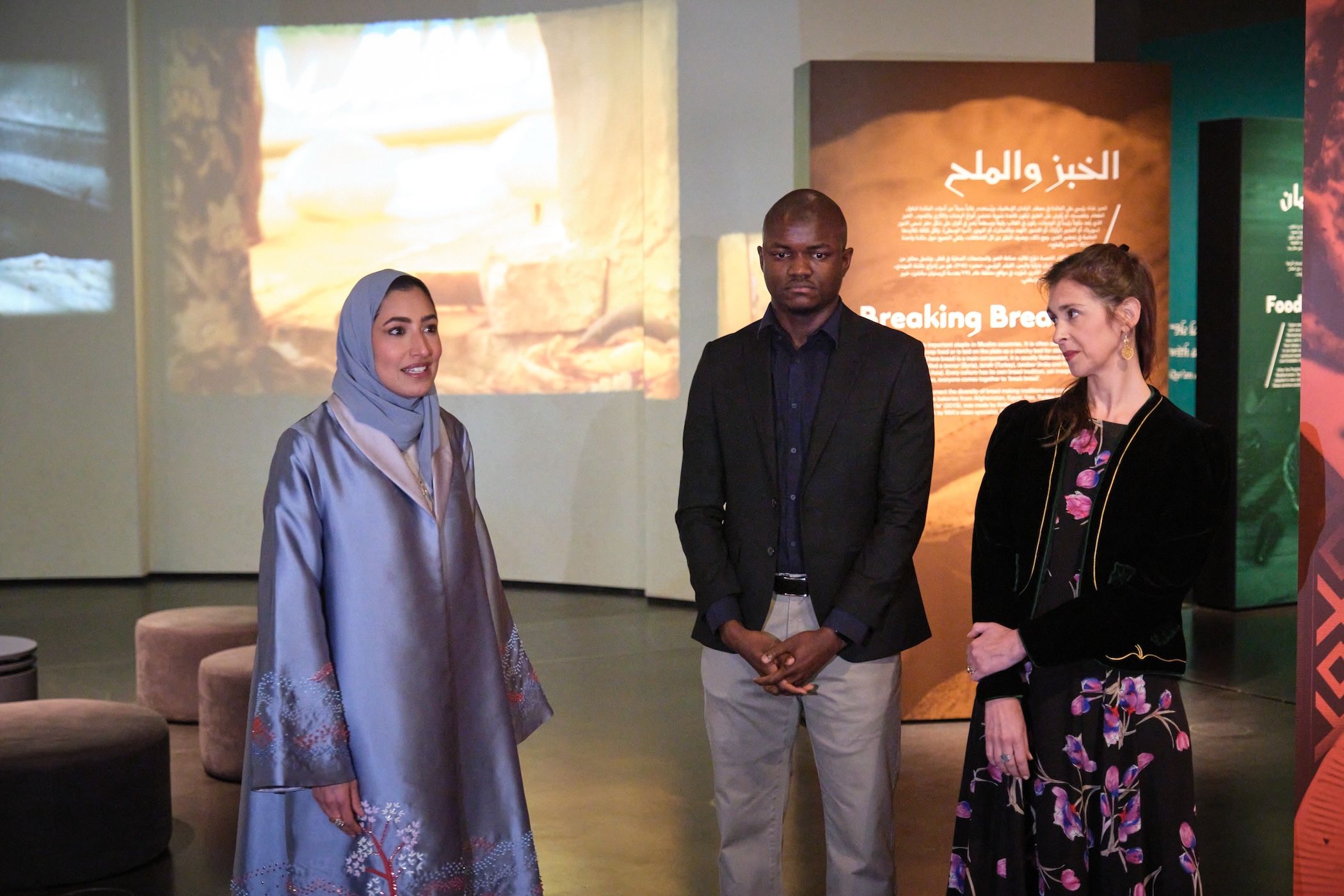
“He naturally gravitated towards the sections where he had a personal interest – Food and Faith (section 2); and We Are What We Eat (section 5) – and independently took the lead on creating content,” Dr. Desjardins explained. “As the project evolved, we each found our roles and responsibilities but continued to support one another by constantly communicating and reviewing each other’s content. We worked as a team.”
With a strong foundation in historical curation, Dr. Desjardins found herself pushed creatively in new ways as she brought A Seat at the Table to life. “The contemporary collaborations and multimedia elements were challenging at times, as was developing the family-friendly content, as this is the first exhibition where our Learning and Outreach team was brought on board from the onset,” she reflected. “But the outcome of this was terrific.”
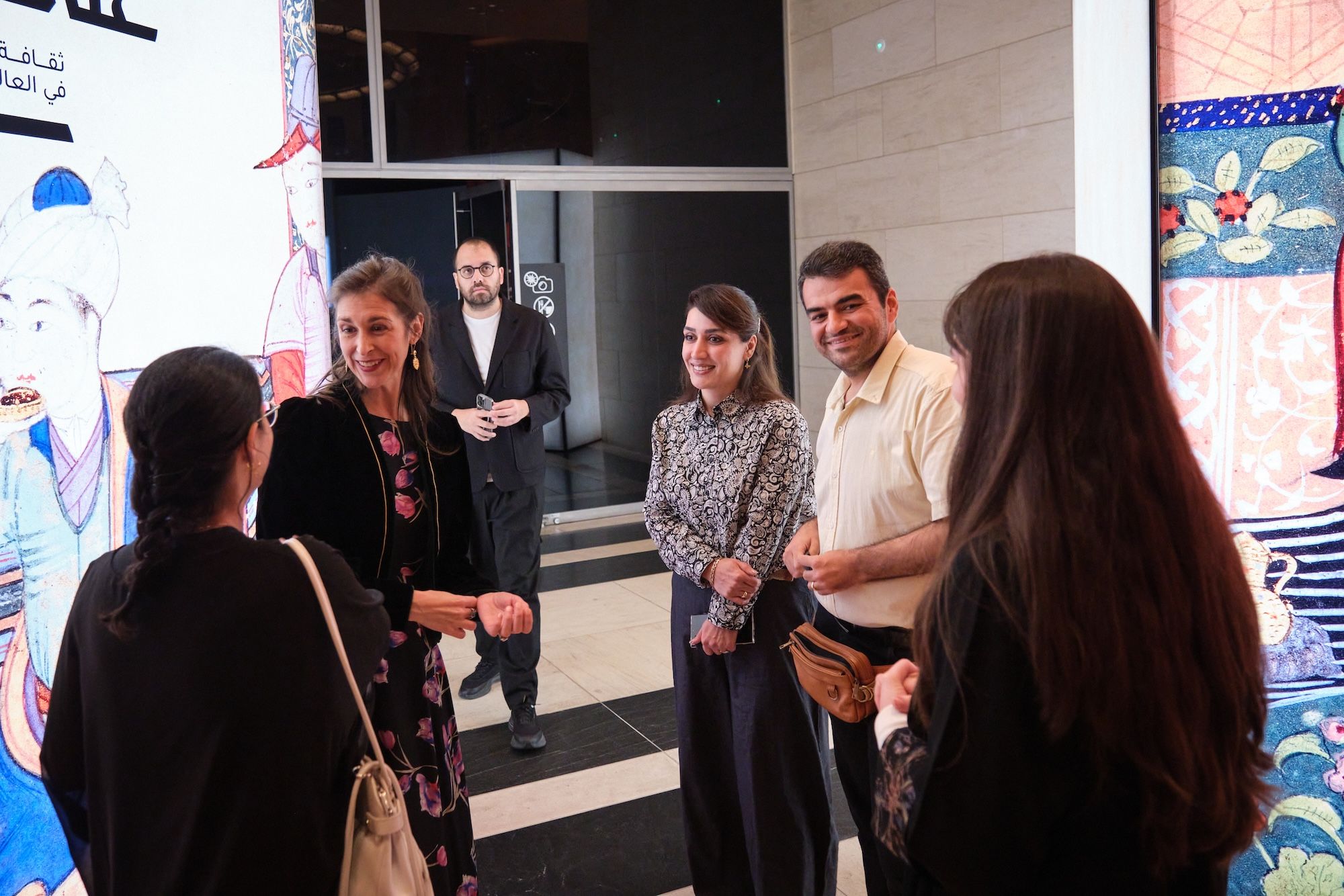
The Museum of Islamic Art played a central role in shaping the exhibition. “As the majority of objects come from MIA’s permanent holdings, it was the logical place to hold the exhibition,” she noted. “The collection was key in helping to inform the narrative.” MIA’s role as both a home to these historical treasures and a platform for storytelling made it an ideal venue for an exhibition that bridges centuries of culinary tradition.
Asked whether a particular object or artwork stands out, Dr. Desjardins found it hard to choose just one. “Honestly, there is really no single piece,” she said. “We are so lucky at Qatar Museums to have exceptional objects to work with. There were several objects that had never been on display before, and which undertook conservation treatment for the first time, such as a large lacquered dish in Section 3, Itinerant Ingredients. This object is fascinating from a historical perspective, so researching and conserving it was exciting from a curator’s perspective.”
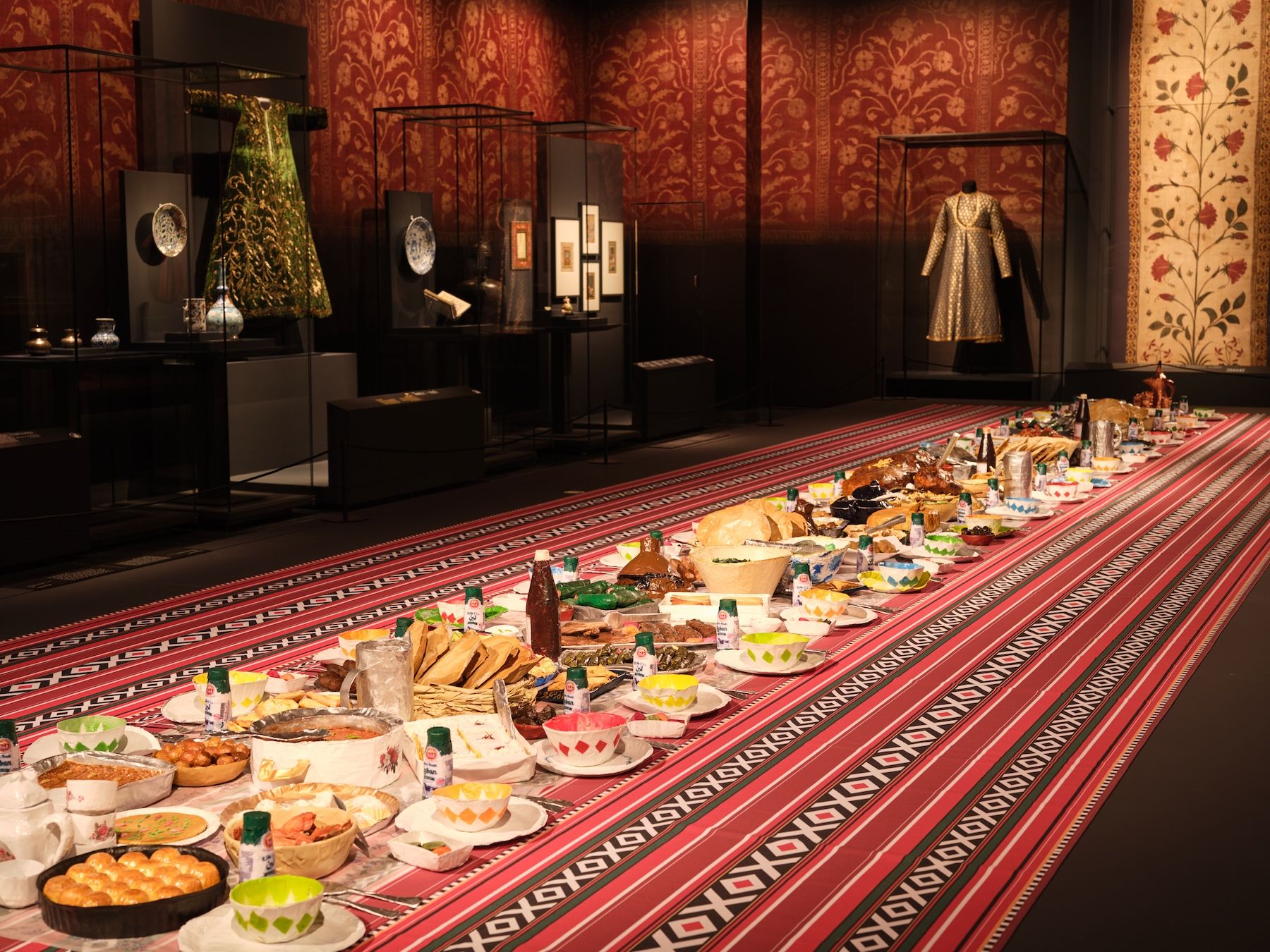
The exhibition seamlessly combines historic artefacts with contemporary culinary films, bringing the past to life in a modern context. “From the onset, we knew we had to weave the contemporary into the historic,” Dr. Desjardins elaborated. “This was needed to keep the topic alive and to make it more palpable to Qatar’s diverse audiences. But more than this, we needed to highlight the important role chefs continue to play in keeping food traditions alive, as well as creating new dishes that fuse the old with the new.”
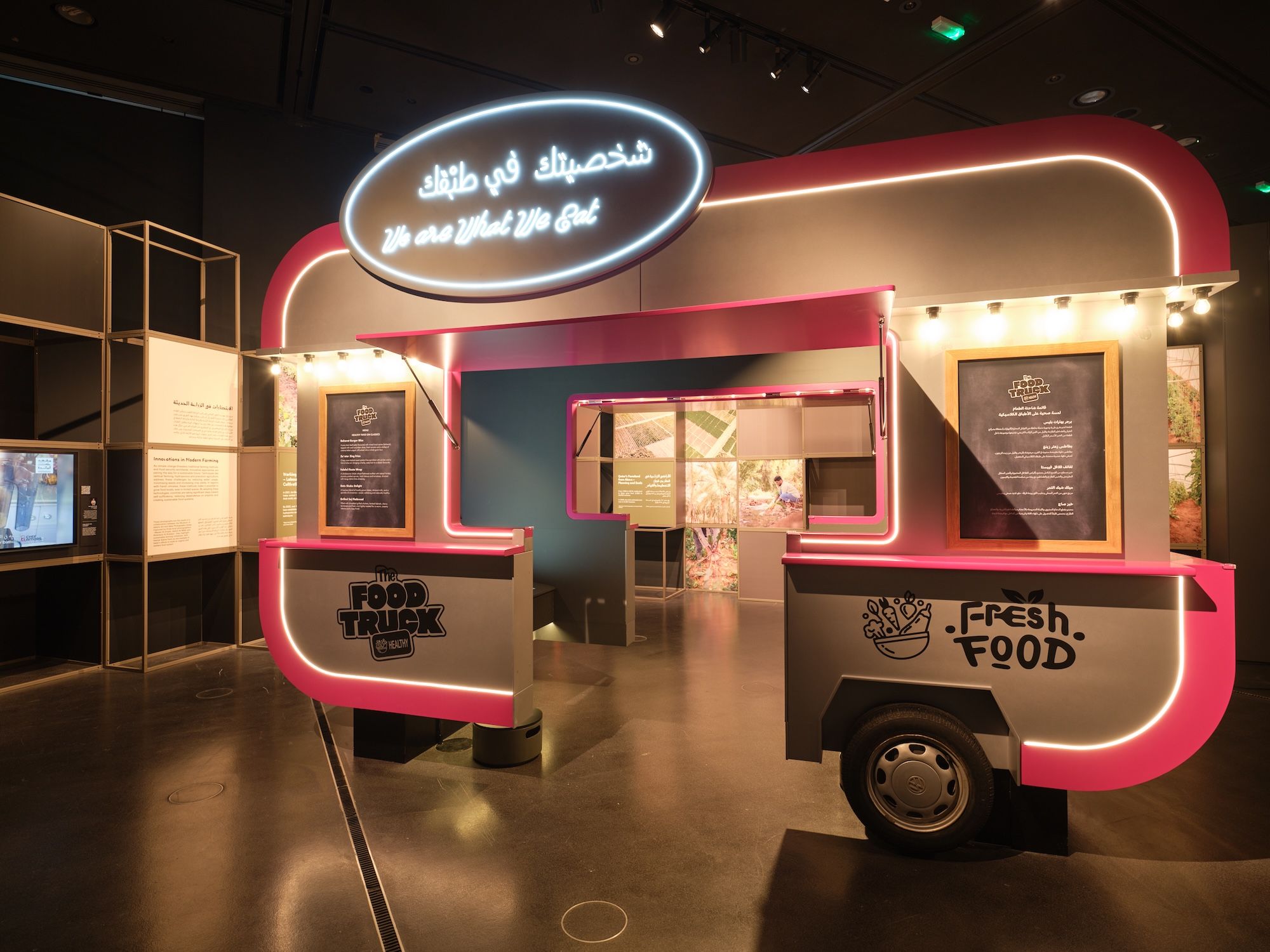
Looking to the broader context of the Years of Culture initiative, Dr. Desjardins sees lasting value in these international partnerships. “It’s always important to highlight how collaborations continue long after the Year of Culture ends,” she said. “In the case of the United States, there are so many ways in which Qatar Museum can continue to exchange knowledge, artworks, and exhibition ideas between our institutions. This exhibition was a wonderful way to highlight this legacy.”
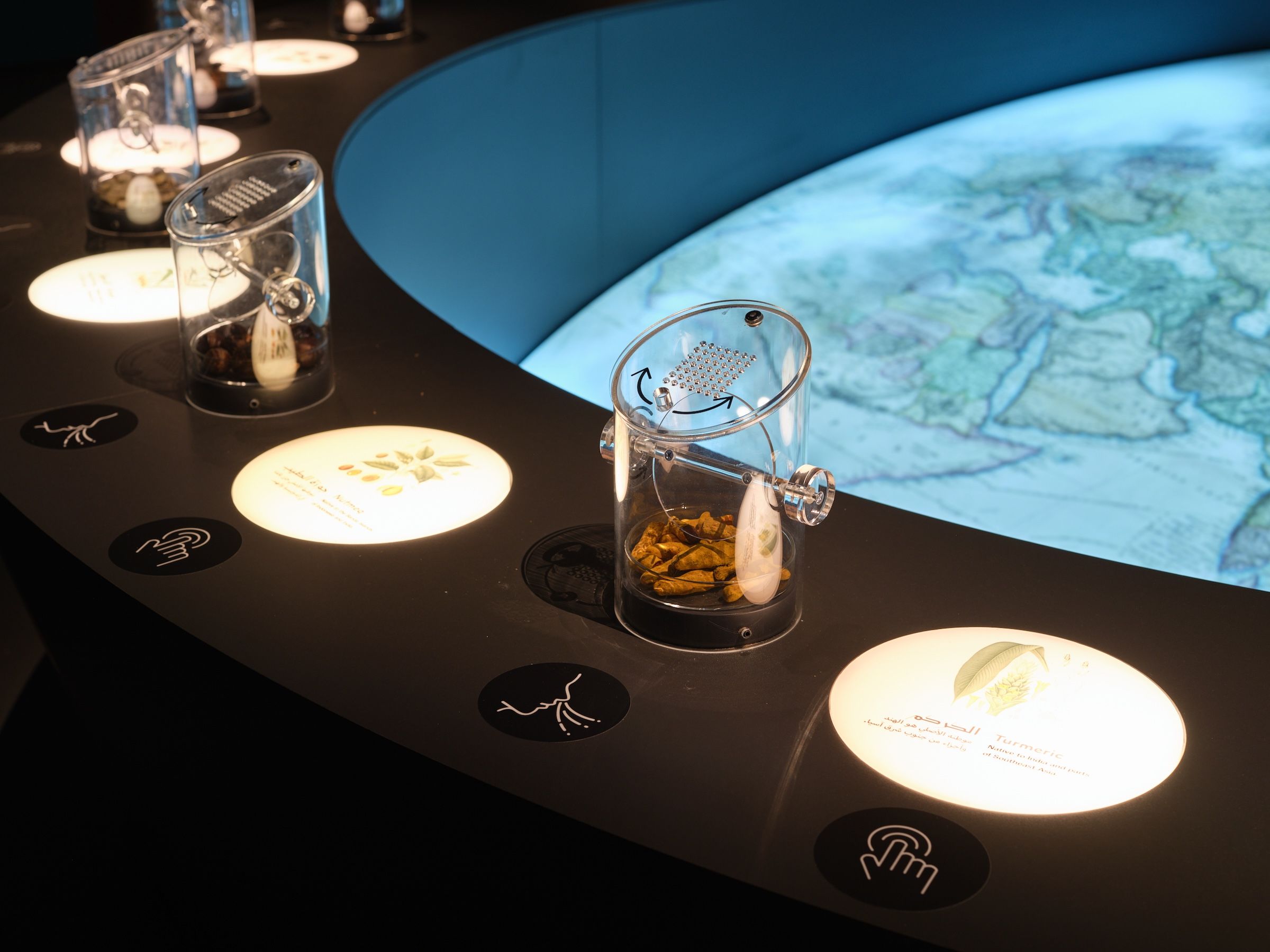
At its heart, A Seat at the Table is about unity, community, and shared tradition. “I hope [visitors] reflect upon the deep-rooted importance tradition plays amongst communities in the Islamic world and that, at the end of the day, the similarities are greater than the differences,” said Dr. Desjardins. “Food plays an important role in uniting people and bringing friends, family, and cultures together.”
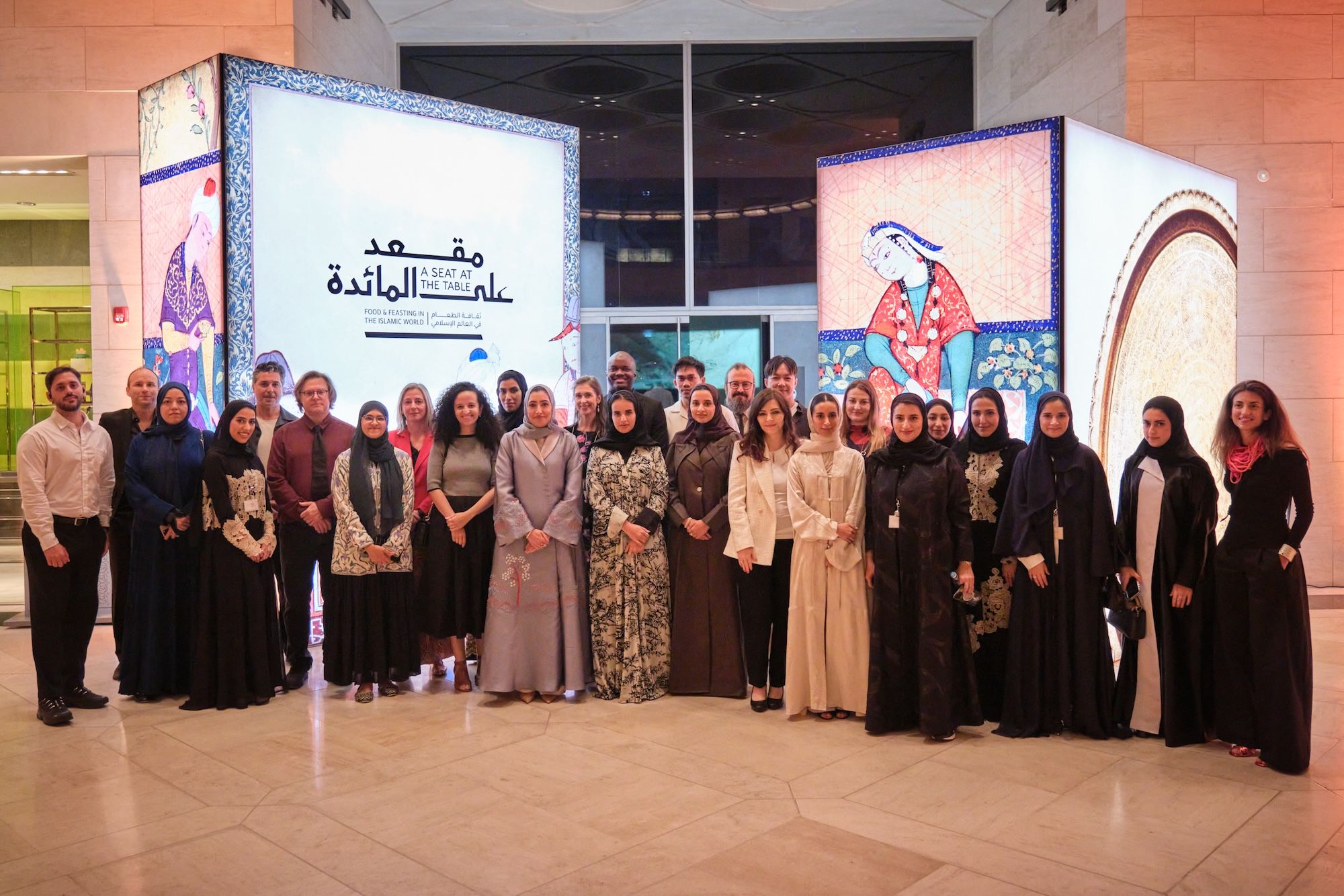
A Seat at the Table is open now at the Museum of Islamic Art and runs until 8th November 2025. Book tickets directly on the Qatar Museums website.
Read more about the legacy of Qatar-USA 2021, and discover upcoming events as part of the Qatar, Argentina and Chile 2025 Year of Culture.